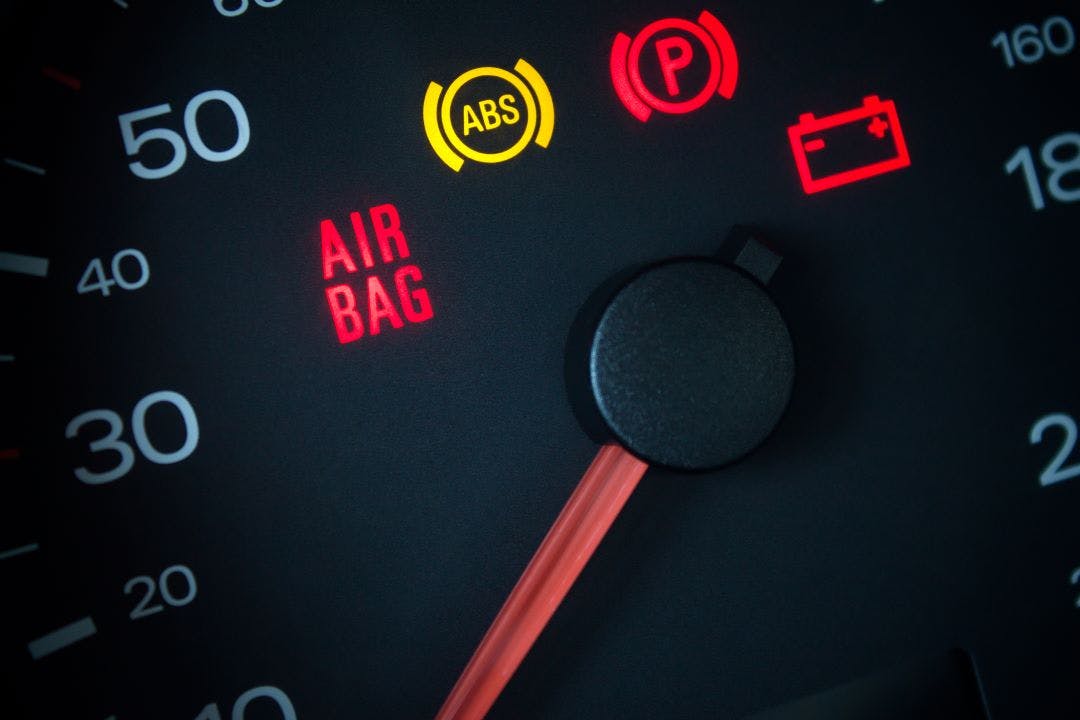
Common Car Warning Lights and What They Indicate
Have you ever been driving and suddenly noticed a mysterious light illuminating your car’s dashboard? It’s a common experience that can leave many drivers feeling puzzled and uncertain about what it means. Fear not, in this blog post aims to demystify the various lights on your car’s dashboard and help you understand their significance. By familiarizing yourself with these essential indicators, you’ll be better equipped to respond appropriately and keep your vehicle running smoothly. Let’s dive into the world of dashboard lights!
The Check Engine Light:
One of the most dreaded dashboard lights is the infamous check engine light. When this light comes on, it indicates that your vehicle’s onboard diagnostic system has detected an issue with the engine, emission control system, or other vital components. While the light may illuminate for minor issues, it’s crucial not to ignore it. A visit to an auto technician is recommended to diagnose and address the problem promptly.
Oil Pressure Warning Light:
The oil pressure warning light resembles an oil can or a dripping oil symbol. When it lights up, it signifies a drop in oil pressure, which can lead to serious engine damage if not addressed. Pull over immediately in a safe location and check your oil level. If it’s low, top it up. If the light persists, seek professional assistance to inspect your vehicle’s oil system.
Battery Charge Warning Light:
Shaped like a battery, this light serves as an alert for potential issues with your car’s charging system. It may indicate a faulty battery, a failing alternator, or loose/damaged connections. If this light comes on, it’s wise to turn off unnecessary electrical accessories and head to an auto shop to prevent an unexpected breakdown.
Tire Pressure Monitoring System (TPMS) Light:
Modern vehicles often come equipped with a TPMS, represented by an exclamation mark inside a horseshoe-like shape. When this light illuminates, it indicates low tire pressure in one or more of your tires. Maintaining proper tire pressure is crucial for optimal performance, fuel efficiency, and safety. Use a tire pressure gauge to check the pressure of each tire and inflate them to the recommended levels.
ABS Warning Light:
The Anti-lock Braking System (ABS) warning light typically appears as the letters ABS inside a circle. If this light remains lit while driving, it suggests a malfunction in your car’s ABS system. Although your brakes will still function, the ABS feature may not engage during emergency braking situations. Visit a mechanic to diagnose and repair the ABS system to ensure optimal safety on the road.
Coolant Temperature Warning Light:
Represented by a thermometer submerged in waves, the coolant temperature warning light indicates that your engine is overheating or the coolant level is low. It’s crucial to pull over immediately if this light comes on, as overheating can cause severe damage to your engine. Allow the engine to cool down and check the coolant level. If necessary, add coolant or seek professional help to address any underlying issues.
Conclusion:
Understanding the lights on your car’s dashboard is essential for maintaining your vehicle’s health and your own safety on the road. While this blog post covered some common dashboard lights, it’s important to consult your vehicle’s manual for a comprehensive understanding of the specific lights in your car. Remember, whenever a dashboard light illuminates, it’s crucial not to ignore it. Respond promptly by checking the issue or seeking professional assistance to ensure a smooth and trouble-free journey.
Schedule an appointment with us today!
https://www.diehlauto.com/schedule-service

